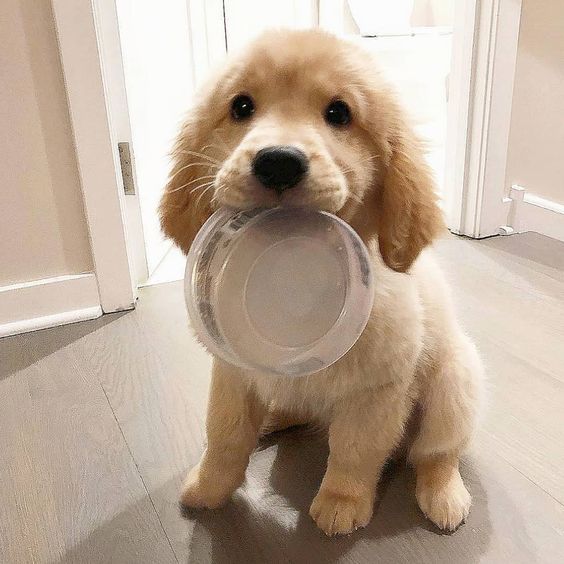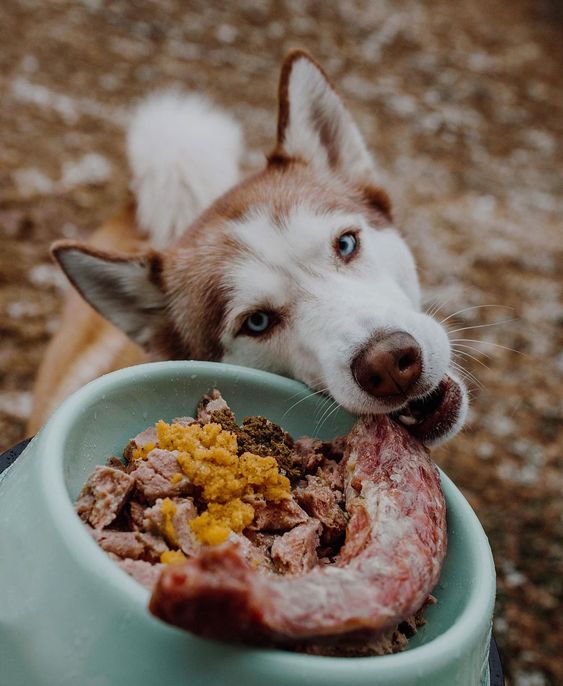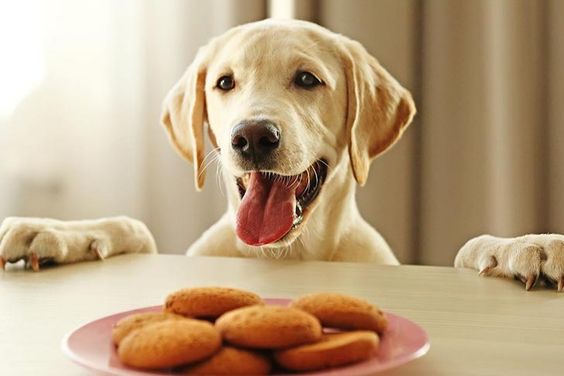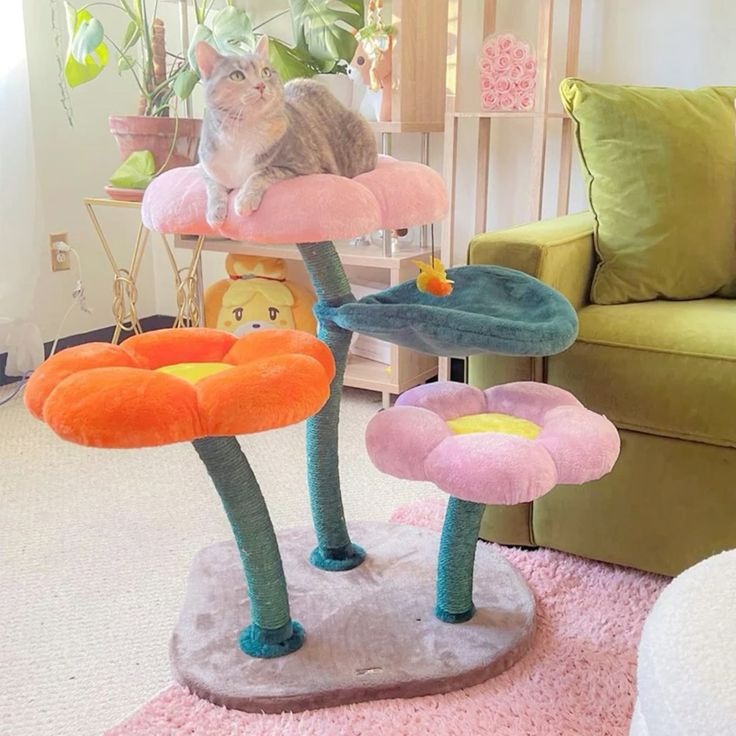The Instinctual Origins of Canine Food Guarding
When it comes to mealtime, our beloved canine companions sometimes exhibit a behavior that can be quite perplexing: protecting their food. This seemingly possessive behavior raises questions about why dogs act this way and what drives their protective instincts. In this comprehensive guide, we will delve into the intriguing world of canine cuisine wars, uncovering the mystery behind why dogs become protective over their food.
The Evolutionary Link: A Remnant of the Wild
To truly understand why dogs exhibit protective behavior over their food, we must trace their roots back to their wild ancestors – wolves. In the wild, resources are scarce, and competition for food is intense. This survival instinct has been passed down through generations, leading dogs to guard their food as a means of self-preservation. Understanding this evolutionary link helps shed light on the protective behaviors we observe in our domesticated companions.

Unraveling the Psychological Factors
While evolutionary instincts play a significant role, there are psychological and environmental factors that contribute to a dog’s protective behavior over food. By exploring these factors, we can gain a deeper understanding of the complex dynamics at play.
Resource Guarding: A Natural Response
Resource guarding is a behavior exhibited by many animals, including dogs, where they protect and defend valuable resources. Food is one of the most precious resources for dogs, and their instinctual response to guard it is deeply ingrained. This behavior may manifest as growling, snapping, or displaying body language that communicates a clear message: “This food is mine, and I will protect it.”
Past Experiences and Associations
A dog’s past experiences and associations can shape their behavior. If a dog has experienced food scarcity or competition in the past, they may develop a heightened sense of protectiveness over their meals. Additionally, negative encounters during mealtime, such as having their food stolen by another dog, can create lasting associations that trigger their protective instincts.
The Role of Socialization and Training
Proper socialization and training play a vital role in a dog’s behavior around food. Dogs that have been exposed to positive experiences during mealtime, where sharing and cooperation are encouraged, are less likely to exhibit protective behavior. Training techniques, such as reward-based training and desensitization exercises, can help modify a dog’s response and promote healthier mealtime behaviors.

Managing and Modifying Food Guarding Behavior
While it’s natural for dogs to be protective over their food, it’s essential to address and manage this behavior to maintain a safe and peaceful environment during mealtime. Here are some strategies to consider:
1. Respect and Safety First
When dealing with a dog exhibiting food guarding behavior, it is crucial to prioritize safety. Avoid approaching or taking away their food while they are eating, as this can escalate their protective response. Instead, give them space and allow them to finish their meal undisturbed.
2. Seek Professional Guidance
If the protective behavior is severe or poses a risk to safety, it is advisable to seek professional guidance from a qualified dog behaviorist. They can assess the situation, provide tailored guidance, and develop a behavior modification plan to address the underlying causes effectively.
3. Positive Conditioning and Counter Conditioning
Positive conditioning and counter conditioning techniques can be used to modify a dog’s response to food guarding. By creating positive associations, such as giving high-value treats while the dog is eating, you can gradually change their perception of someone approaching their food.
4. Slowly Introduce Mealtime Interruptions
Gradually introducing controlled interruptions during mealtime can help desensitize a dog to others being near their food. Start by standing at a distance and gradually decrease the distance over time, always rewarding calm and relaxed behavior.
5. Enrich the Feeding Environment
Providing mental stimulation and enrichment during mealtime can help redirect a dog’s focus away from being protective. Use food puzzle toys or scatter feeding techniques to engage their senses and make mealtime a positive and enjoyable experience.
Conclusion
Understanding the reasons behind a dog’s protective behavior over food is essential for creating a harmonious mealtime environment. By acknowledging the evolutionary instincts, considering psychological factors, and implementing appropriate management and training techniques, we can help our canine companions feel more secure and relaxed during meals. Remember, addressing food guarding behavior requires patience, consistency, and a deep understanding of our dogs’ unique needs. With the right approach, we can transform mealtime into a peaceful and enjoyable experience for both our dogs and ourselves.



